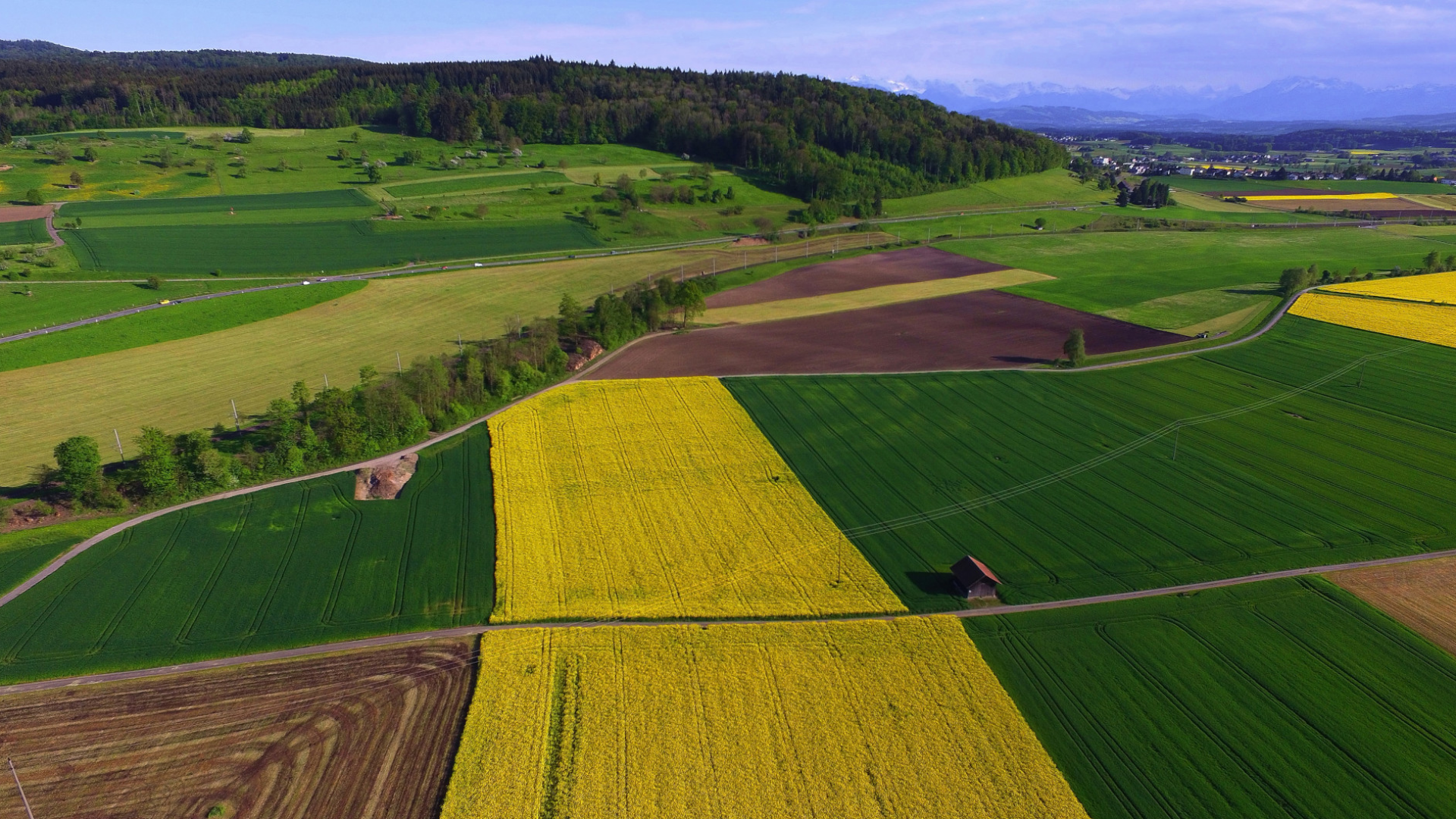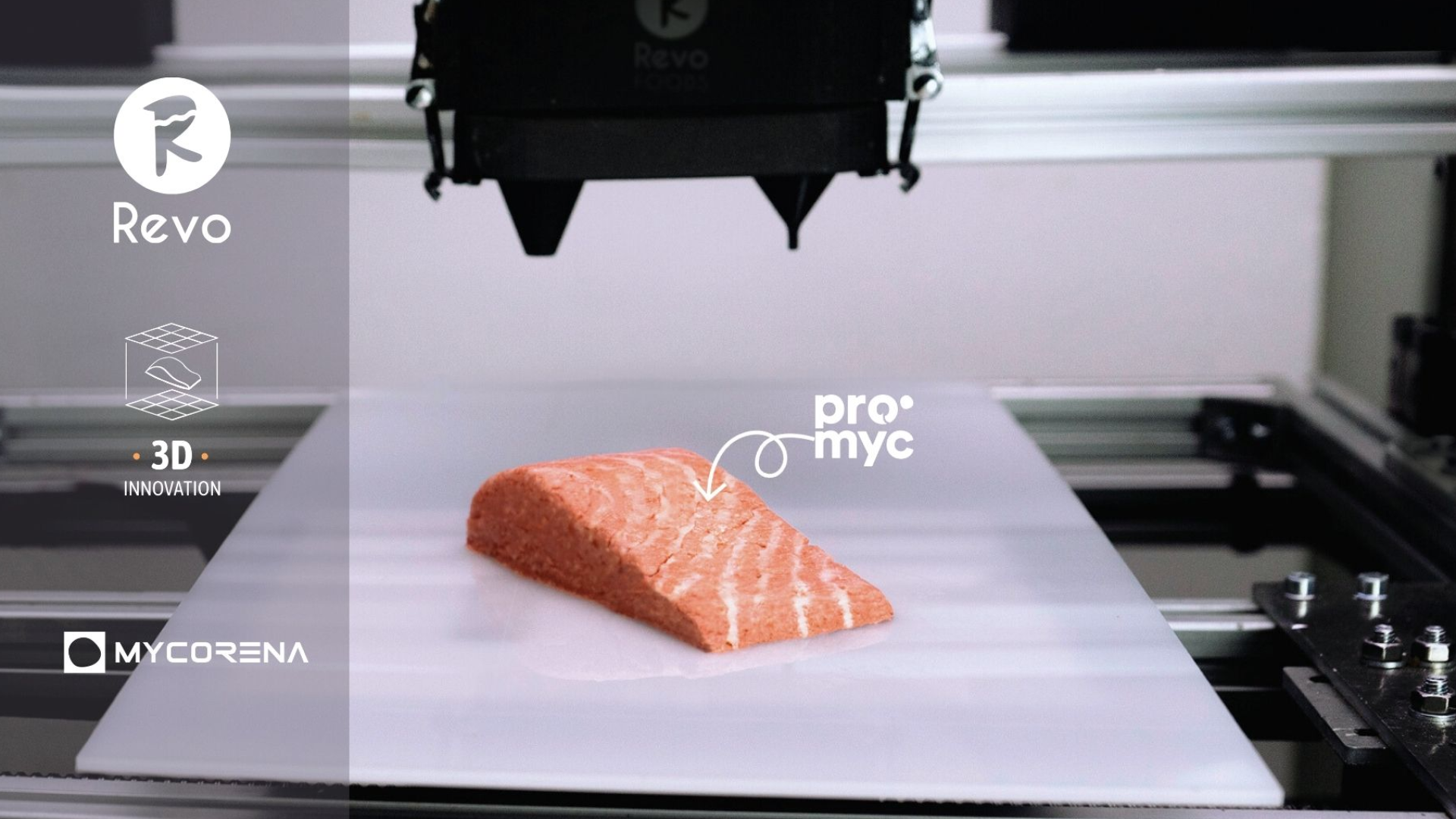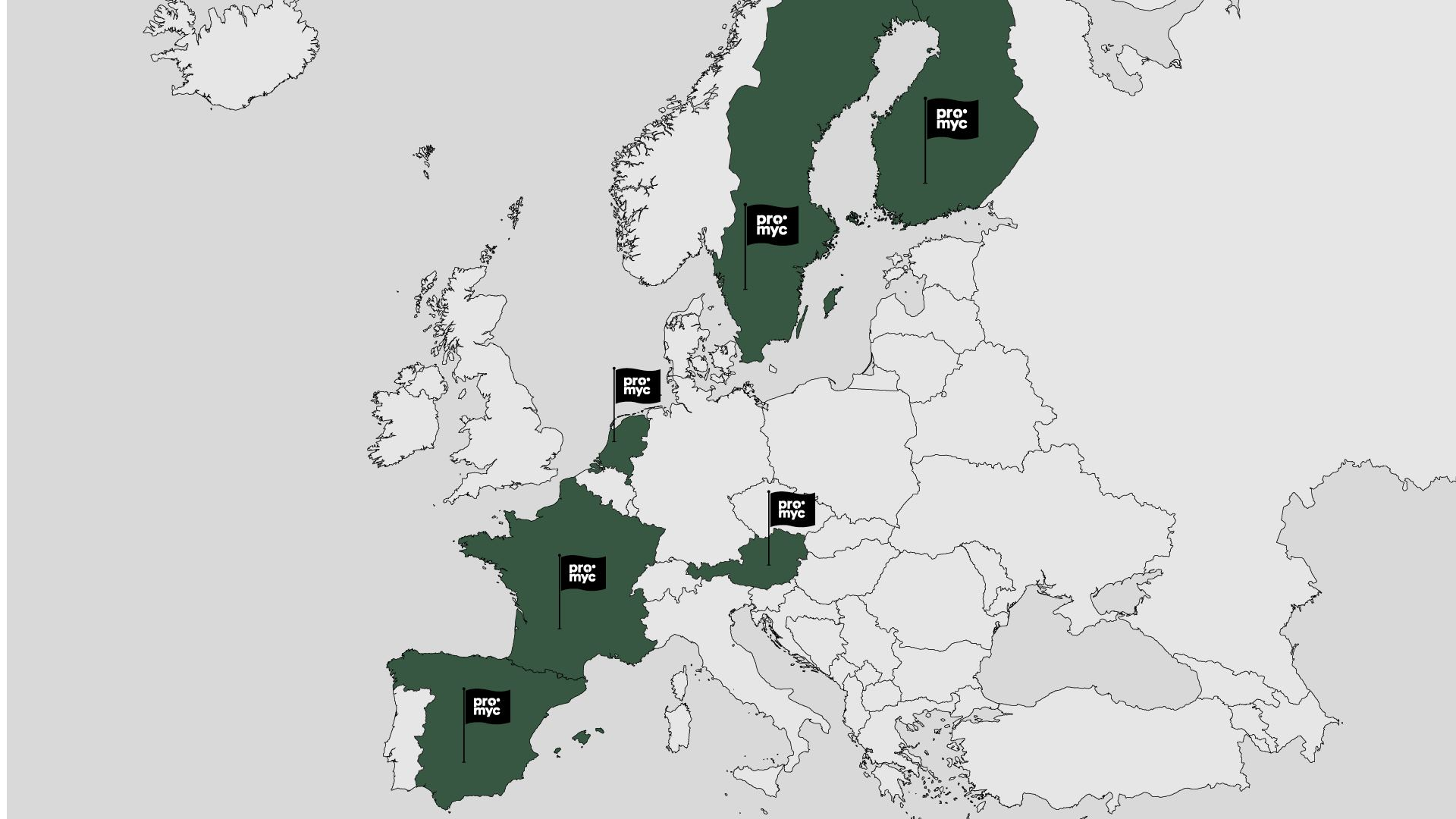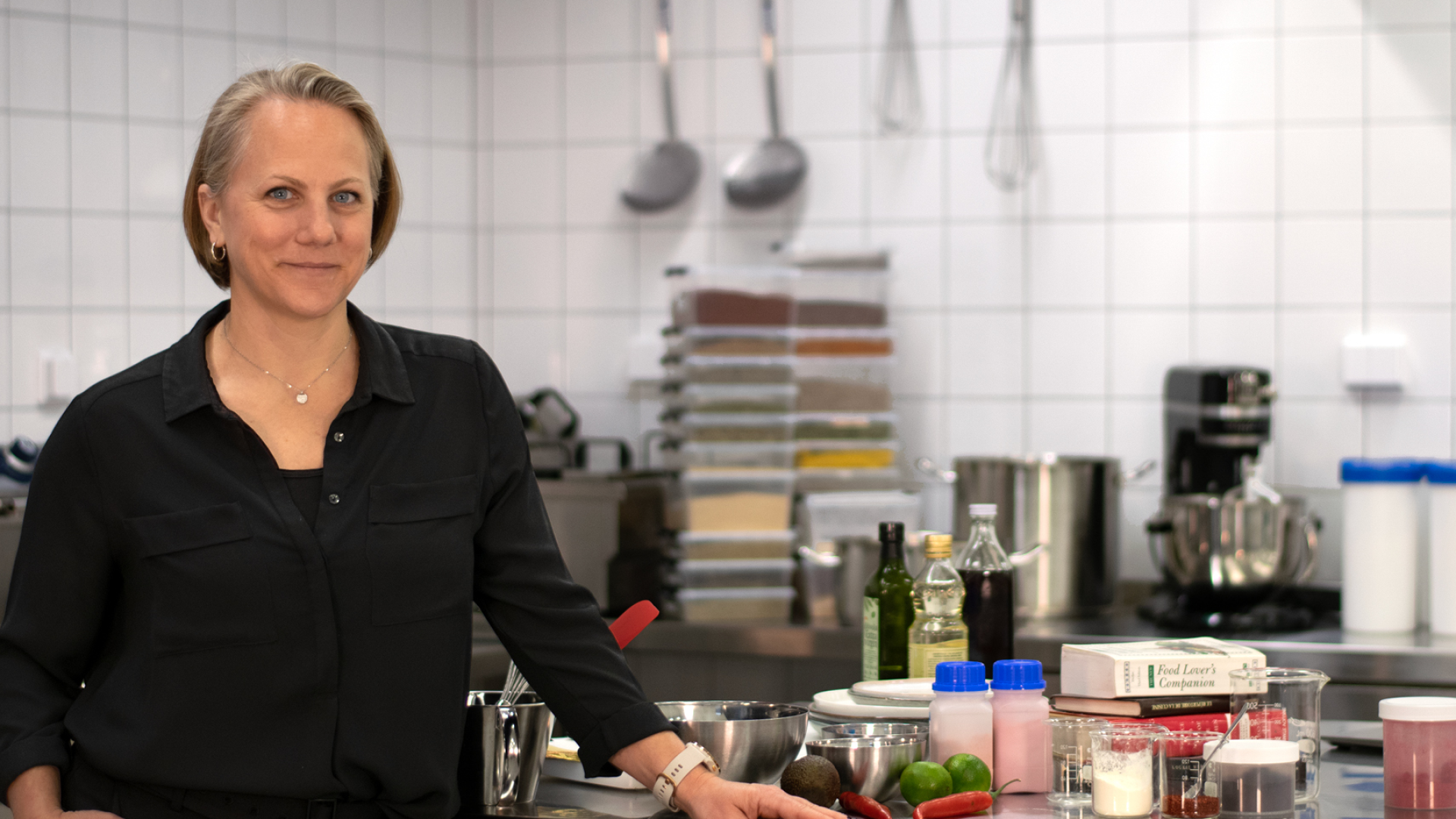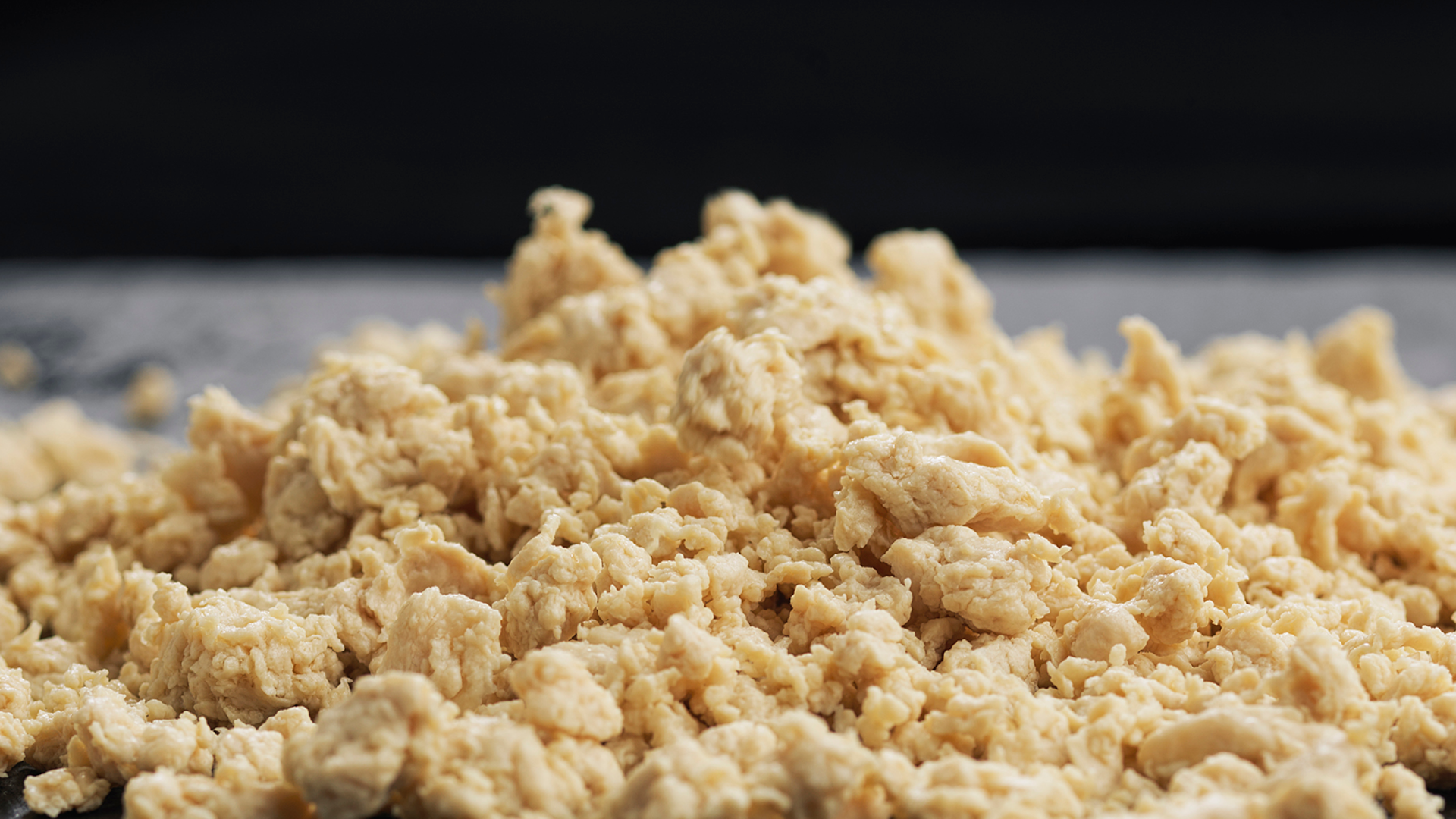The metric to measure availability and access to food is defined as Food Security. It means “all people, at all times, have physical, social, and economic access to sufficient, safe, and nutritious food that meets their food preferences and dietary needs for an active and healthy life” (The United Nations Committee)
Food security has been a concern of mankind for thousands of years, and – as outlined below – it will be one of the biggest challenges facing us in the future. So what can we do to ensure a reliable access to food?
Agriculture produces 23.7 million tonnes of food every day. The population in the last 6 decades has grown from 2.6 billion to 7 billion, and if this continues, it will be 9 billion by 2042. With the population increasing, the demand for food will also increase to a degree where it is expected that we will need to have an increase in food production anywhere between 59% to 98% by 2050. Matching that goal will come with many limitations, as we are already using 50% of all habitable land for agriculture.

As if there were not already enough difficulties for standard growth, global food production can be largely aggravated by changing conditions. Weather and climate are two big factors that dramatically influence the availability of food, in particular grain crops, fruits, and vegetables. As examples of this:
- In the year 2015, the sales of hazelnuts from a town in Turkey that produces 75% of the world’s hazelnuts were sharply cut down because of consecutive harsh winters – National Geographic
- In the year 2019, in the US, because of severe flooding, production of 58% of corn crops and 29% of soybeans was destroyed. US farmers supply a quarter of the world’s grains – National Geographic.
Prolonged wet winters and dry hot summers are increasingly more likely and can mean a reduction in seasons of high growth, diminishing arable land, and an increase in crop diseases. Livestock and wild animals will also be affected by a changing climate, directly and indirectly, one case being the availability of fish in the ocean.
Other factors affecting food security negatively are local and global conflicts that disrupt the supply chain. And, as we are seeing right now, global disruptions like the COVID-19 pandemic can also cause serious delays and shortages of supplies. A bullwhip effect can be created, meaning that due to the sudden high demands of food products, supply-and-demand shocks are created for food producers. The problem is, the food production cannot keep up with high demands in short amounts of time all at once.
To make the system more robust, especially during times of uncertainty, we need a reliable source of food that satisfies the following requirements:
- It is highly resource efficient, meaning we can produce more food using the same amount of resources available globally.
- It’s healthy and nutritious, providing a complete protein source, carbohydrates and fatty acids necessary for healthy body function.
- It can be produced in different climates and geographical conditions, so that it can be scaled and spread worldwide.
- It needs to be able to adapt fast to demand variations, and be able to rapidly scale up or down in production capacity without long lag phases.
Fermentation technology for food production
Mycoprotein is a source of protein that matches all the required criteria shown above, while providing a texture similar to meat. For the production of mycoprotein, fermentation technology is used where edible fungi are put into a bioreactor, together with the nutrients they need for growth. After the addition of these friendly fungi, it takes only 1-2 days for the mycoprotein to be harvested!
When it comes to single-cell protein (SCP) production by fermentation, such as mycoprotein, external factors have minimal effect on the whole process. The production of Promyc is fast and easy, with high productivity, high efficiency and it is also extremely robust as many different substrates can be used. The components necessary for fermentation – carbon source (starch/sugar), nitrogen source and salts, are always required, but can be sourced from different places. For example, crops like corn (maize), sugarcane, potato, wheat and beets, can be grown and used as a source of carbon, and various plant residues can be used as a source of nitrogen and salts.
All this makes the production of Promyc extremely reliable in terms of food security, as it can easily and quickly be scaled anywhere in the world to produce large quantities of food if the demand suddenly rises.
Mycoprotein such as Promyc is high in protein and fibre, and contains all essential amino acids. Production does not require much space, and water use as well as the impact on the environment is very low compared to most other food production. Since Promyc can be made anywhere in the world it can easily cater to the needs of a rising population.
At times of struggle, we must hope for the best, but also prepare for the worst. During times of food shortage, and also otherwise, it is good to have food that can be relied on and at the same time, nutritious and pleasant. Fermentation technology plays an important part in securing our food supply in the future and increase food security.
Author: Siddhi Panth
Project Assistant at Mycorena
